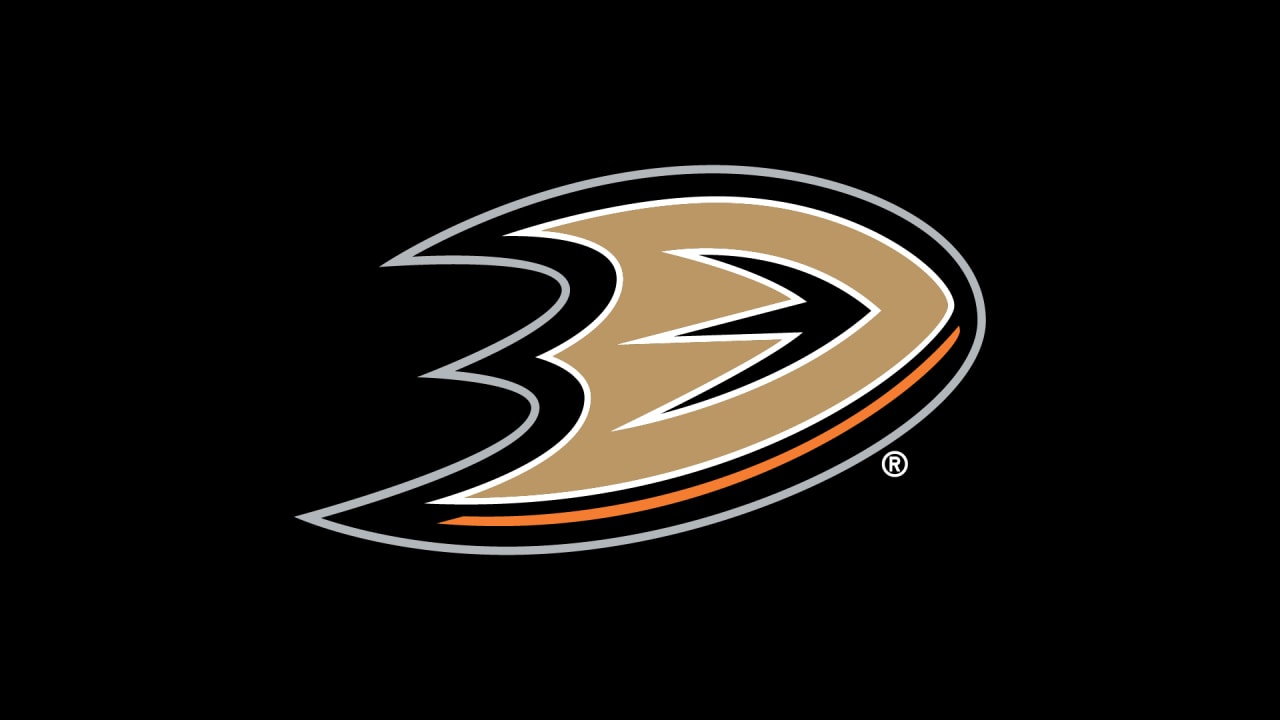Certainly! Here’s the rewritten text with logical paragraphs:
The solar system is made up of the Sun, eight planets, and various other celestial bodies. The Sun is a massive star at the center of the solar system, and it contains about 99.8% of the solar system’s total mass.
The eight planets in the solar system, in order of their distance from the Sun, are Mercury, Venus, Earth, Mars, Jupiter, Saturn, Uranus, and Neptune. In addition to the planets, the solar system also contains other objects such as moons, asteroids, comets, and dwarf planets. Moons are natural satellites that orbit planets, and some planets have dozens of moons.
Asteroids are rocky objects that orbit the Sun, mostly found in the asteroid belt between Mars and Jupiter. Comets are icy bodies that also orbit the Sun, and they have a characteristic coma and tail when they approach the Sun. Dwarf planets are objects that are similar to planets but have not cleared their orbital path.
Pluto, Eris, and Haumea are some of the recognized dwarf planets in the solar system. The study of the solar system is an ongoing area of research and exploration, with various spacecraft and telescopes providing new insights into the nature and composition of our cosmic neighborhood.
